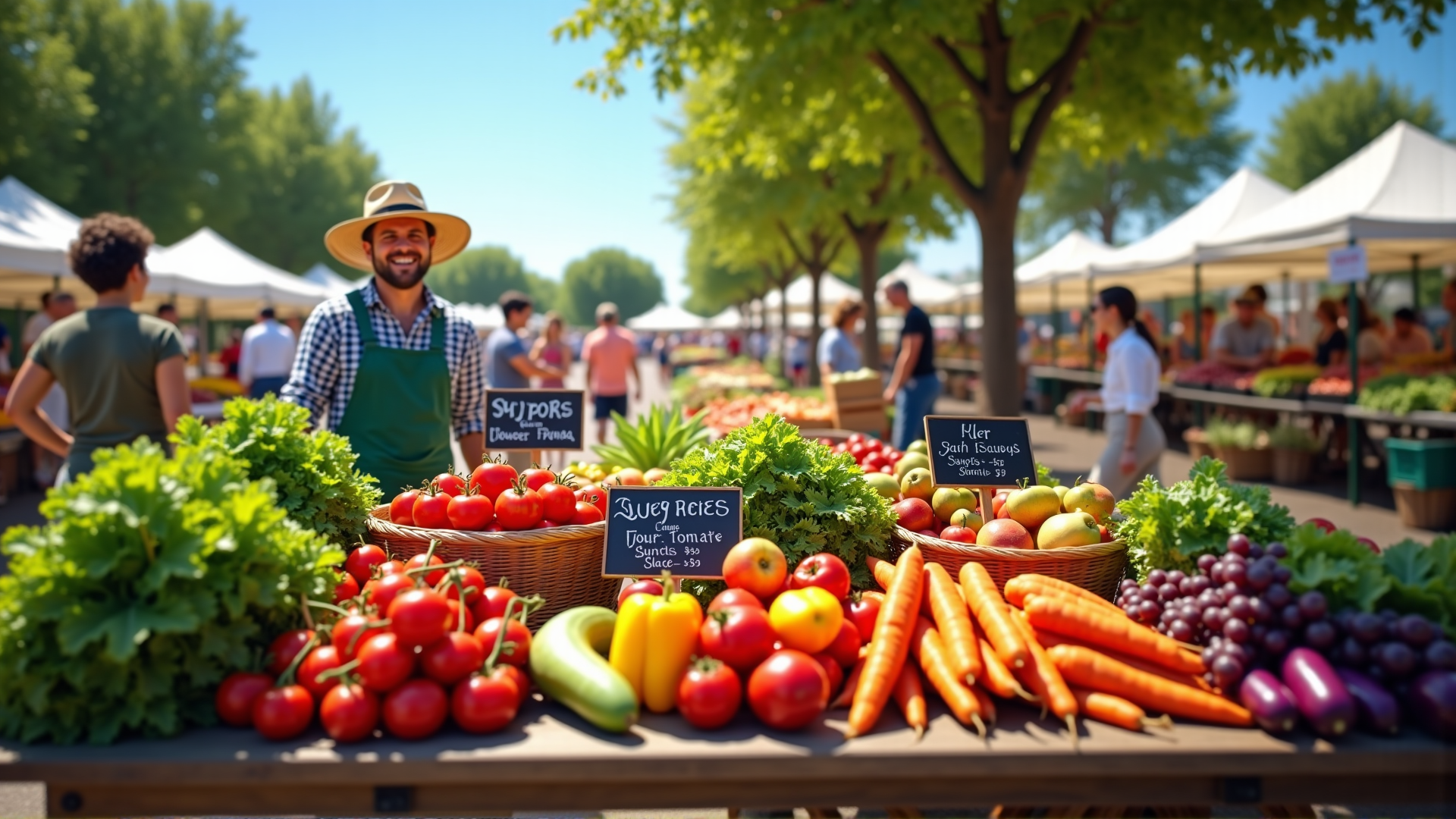In a world where convenience often takes precedence over quality, the farm-to-table movement emerges as a refreshing departure, reviving a deep-seated appreciation for the quality and flavor of fresh, locally-sourced ingredients. The concept is elegantly simple: bridging the often vast gap between producer and consumer, ensuring that what is served on the plate is as vibrant and nutritious as nature intended.
Central to this philosophy is the commitment to sourcing ingredients from local farms, markets, and artisans. By doing so, not only do we support the local economy, but we also drastically reduce the carbon footprint associated with transporting food over long distances. Moreover, purchasing locally allows for the selection of produce at its peak ripeness, which locks in nutritive value and enriches flavor profiles that can often be dulled in travel-weary fruits and vegetables.
The farm-to-table approach respects seasons, guiding chefs to craft menus that celebrate the freshest offerings of the moment. Nature’s cycles become a canvas for culinary creativity, pushing culinary professionals to innovate with the unique qualities of each harvest. This results in dishes that are not only fresh but also offer a harmonious blend of flavors that change with the transition of seasons.
For diners, the farm-to-table experience promises more than just a meal; it provides a connection to the land and the producers. It tells a story — of farmers who rise with the sun, cultivating and selecting each ingredient with care and dedication, and of chefs who honor these efforts by transforming raw ingredients into culinary artistry. This connection fosters a deeper appreciation for food, transforming each dining experience into something meaningful and memorable.
Additionally, the shift toward farm-to-table dining fosters transparency in the food chain. Diners are often provided with insights into where their meal components originated, which aids in building trust and understanding of food sources. This level of transparency not only enriches the dining experience but also encourages more informed food choices among consumers.
Choosing farm-to-table is also an exercise in sustainability. Smaller farms tend to employ practices that are kind to the environment, prioritizing biodiversity, and reducing chemical inputs. By supporting these farmers, consumers contribute to sustainable agriculture practices that are crucial for the health of our planet and the well-being of future generations.
In conclusion, the farm-to-table movement is more than a trend; it is a return to the roots of food appreciation. This approach elevates dining from a mere act of sustenance to an immersive experience that celebrates flavor, sustainability, and connection. As you savor each thoughtfully prepared dish, you partake in a journey that honors the land, the people who work it, and the natural cycles that make such an exquisite culinary vision possible.
